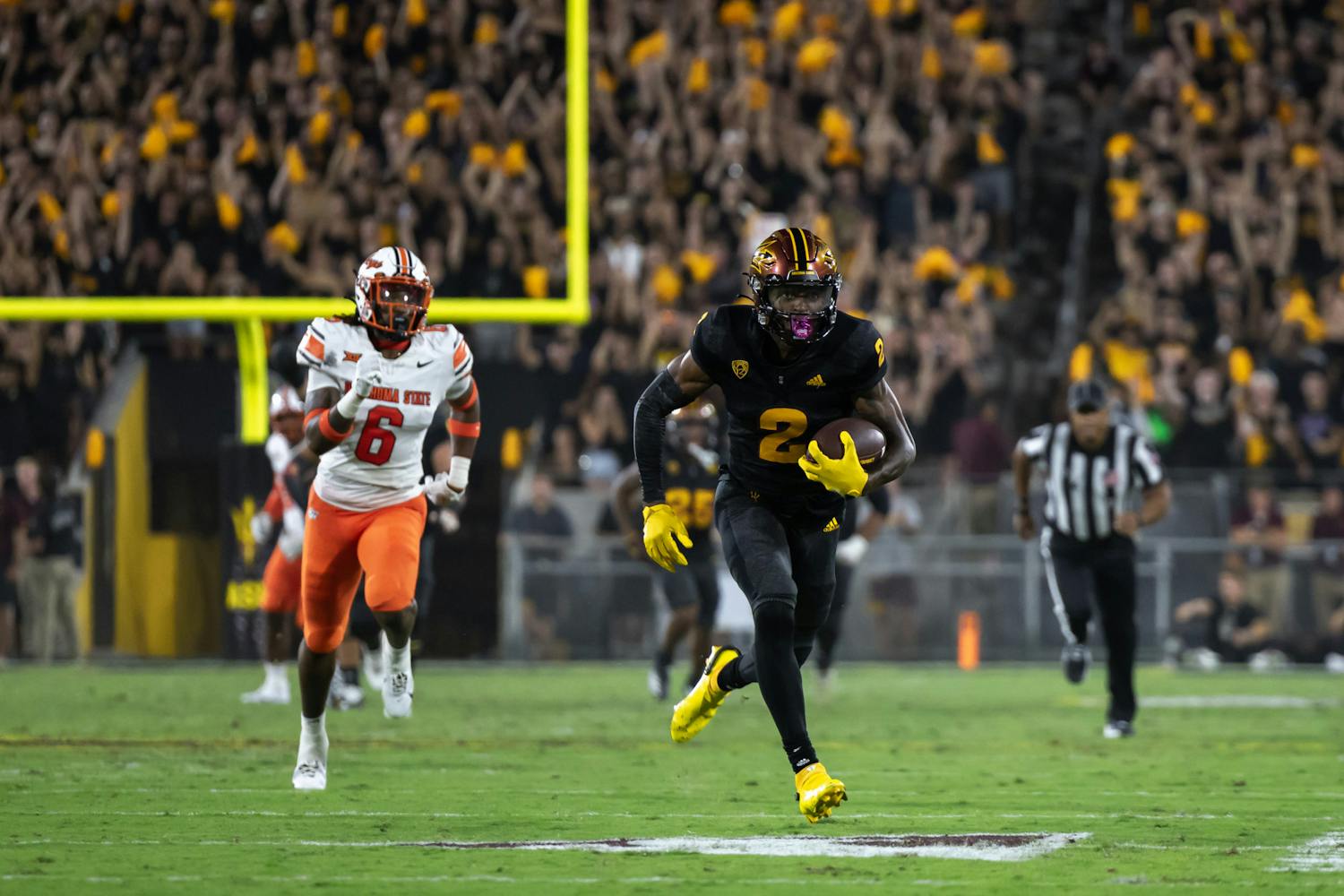Joint campaigning is a possible new trend occurring on campus where two candidates help each other campaign for positions in student government. This tactic isn't against elections code, but could confuse student voters about how the voting system works after seeing conjoined campaign advertisements.
An example of a joint-campaign can be seen from the Blinkoff and Shequen campaign. Both Joshua Blinkoff and Aaron Shequen are campaigning for a W.P. Carey School of Business senate seat.
Aaron Shequen, a W.P. Carey senator candidate, said being able to campaign with a partner is extremely beneficial to his efforts.
“Campaigning can be an extremely isolating process,” Shequen said. “Having a dedicated partner to help remind you fill out simple forms and finish sentences when stuck can be really helpful.”
Shequen also said campaigning together with his partner should not have an effect on the minds of voters.
“To us, the only confusion voters should have come Election Day is what other two candidates they should vote for to represent them,” Shequen said. “We truly believe we are the best two candidates to represent W.P. Carey.”
Even though both those candidates can be found on one campaign poster, a voter does not have to select both when it comes time to vote.
The purpose of the joint-campaign tactic is to make voters think that they have to select a campaign duo when it comes time to vote, and it relies on the fact that voters are unfamiliar with the campaign process according to Alyson Perkins, a senatorial candidate for Barrett, The Honors College on the Downtown Phoenix campus.
“I think it’s clever,” Perkins said. “I also think it’s deceptive to the voters.”
Perkins, a public service and public policy freshman who campaigned only for herself, said that the whole point of it is to confuse voters, getting students to think that two recognizable faces are stuck together on a ticket.
“It doubles your chances at getting recognized because not only are you campaigning for yourself, but someone else is campaigning for you too,” Perkins said. “In (the) case of transparency and fair elections, it’s not fair,”
Matt McVeety, a sophomore double-majoring in criminal justice and public policy, will be voting in the upcoming USG elections and has said that there was some confusion concerning a campaign duo.
“I was wondering if it meant that I had to vote for the both of them or neither of them,” McVeety said. “I figured that I only had to vote for one, I didn’t think that you could run as an all-or-nothing group.”
McVeety said he could not recall anything like this during last year’s election process.
“I don’t think it is a terrible idea, especially if they know that they are going to work well together, but I think it’s also not great for students who may support one but not the other,” McVeety said.
The State Press is looking into this possible trend across senatorial campaigns; this article will be updated as more information becomes available.
Reach the reporter at Victor.ren@asu.edu and follow @MrVictorRen on Twitter.
Like The State Press on Facebook and follow @statepress on Twitter.




